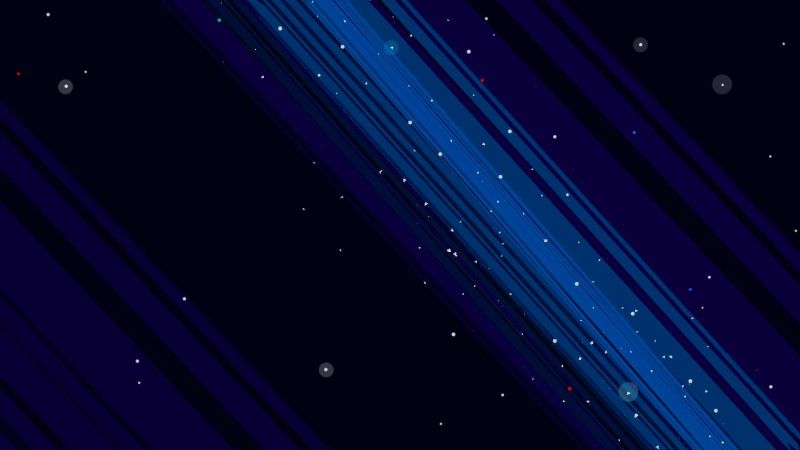Russia has successfully launched Luna 25, the country’s first lunar lander in 47 years.
The uncrewed spacecraft lifted off from the Vostochny Cosmodrome in Amur Oblast, Russia. Hitching a ride aboard a Soyuz-2 Fregat rocket, Luna 25 took flight at 8:10 a.m. local time Friday, or 7:10 p.m. ET Thursday.
Residents of a Russian village were temporarily evacuated Friday morning since there is a “one in a million chance” that one of Luna 25’s rocket stages could fall there, according to Reuters.
The spacecraft is expected to first enter an orbit around Earth before transferring to a lunar orbit and ultimately descending to the surface of the moon. Russia’s last lunar lander, Luna 24, landed on the moon on August 18, 1976.
Luna 25 and India’s Chandrayaan-3 mission, which launched in mid-July, are both expected to land at the lunar south pole on August 23, and it’s a race to see which country will land first, according to Reuters. But Roscomos said the two missions are not expected to cause a problem for each other because their specific landing zones differ, Reuters reported.
Luna 25’s journey
Luna 25, also called the Luna-Glob-Lander, will study the composition of the moon’s polar soil and the plasma and dust contained in the very thin lunar exosphere, or the moon’s scant atmosphere, for one year.
The four-legged lander includes landing rockets, propellant tanks, solar panels, computers and a robotic arm equipped with a scoop to collect lunar samples, as well as a suite of instruments to study the samples and exosphere, according to NASA.
Initially, Roscosmos and the European Space Agency planned to partner on Luna 25, as well as Luna 26, Luna 27 and the ExoMars rover.
But that partnership ceased in April 2022 after Russia’s invasion of Ukraine, and the ESA Council moved to “discontinue cooperative activities with Russia.”
The future of moon exploration
Meanwhile, Chandrayaan-3, which includes a lander, rover and propulsion module, lifted off on July 14 and entered lunar orbit last weekend.
The mission is India’s second attempt to land at the lunar south pole after Chandrayaan-2 crashed into the moon in September 2019. If successful, the latest mission would make India only the fourth country to achieve the complicated feat, behind the United States, the former Soviet Union and China. Once on the surface, Chandrayaan-3 will spend a couple of weeks conducting a series of scientific experiments to learn more about the moon’s composition.
NASA plans to land a woman and a person of color on the moon for the first time at the lunar south pole in late 2025 during the Artemis III mission.
The reason so many missions have been designed to explore this region of the moon is due to its potential resources. Deep, permanently shadowed craters at the lunar south pole may contain ice that could be used for drinking water, oxygen and fuel — a key consideration as agencies like NASA look to sustainably explore the moon for longer periods of time in the future.
“We’re going to see several spacecraft, some perhaps from other nations, that are going to be landing on the south pole in the near future,” said NASA Administrator Bill Nelson during a news conference Tuesday. “There’s a renewed interest in the moon and of course it’s there because the potential of water. We’re going back to learn to live in a deep space environment for long periods of time, so that we can go to Mars and return safely.”
When asked about the upcoming Luna 25 launch, Nelson said “we wish them well,” noting that NASA has had a cooperative relationship with its Russian counterpart dating back to the Soviet era since 1975.

